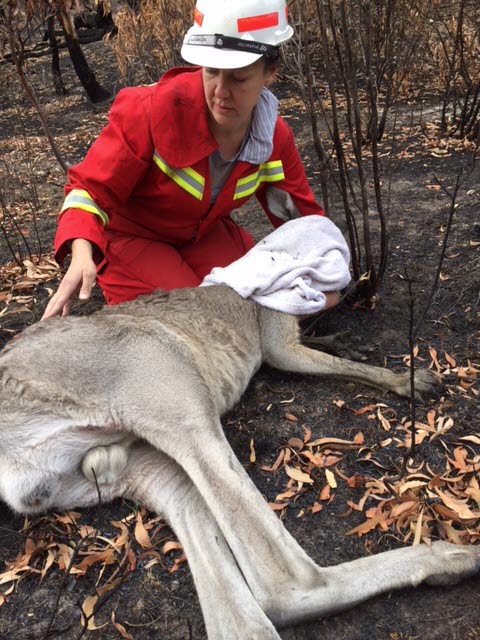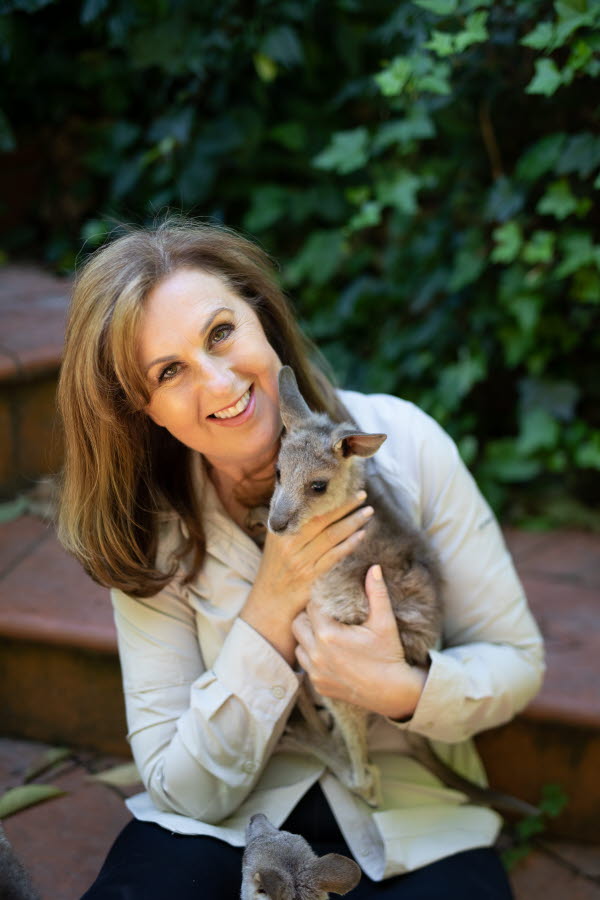
Wildlife Travelling Vet program launched in Victoria
Victoria’s wildlife emergency response service, Wildlife Victoria has launched a Wildlife Travelling Vet program which will see dedicated wildlife veterinarians support volunteer wildlife carers, incorporating regular veterinary visits to regional wildlife shelters and the ability to respond to wildlife emergencies in the field.
The Wildlife Travelling Vet program has been developed to aid wildlife volunteers to access veterinary care and will provide veterinary services at no cost to volunteer wildlife rescuers and shelters, aiming to reduce the pressure on local veterinary practices that currently provide pro bono veterinary services for wildlife.
“Amongst wildlife volunteers, there is a sense of excitement about the potential of this program and immediate curiosity as to its scope. We’ve seen an extremely enthusiastic response from the general public in response to the announcement.”
“Some private sector veterinarians who are already actively servicing the volunteer wildlife community have approached our team and are keen to be involved as direct responders. It is an exciting opportunity for vets and vet nurses who would love to spend more time in frontline wildlife medicine to be able to do so on a paid basis!” said Wildlife Victoria CEO Lisa Palma.
Program has received widespread support
Local veterinarians have also offered support to the initiative by way of providing access to their veterinary hospitals for treatment and work up of wildlife cases. The initiative will also refer to and utilise the expertise of staff at facilities like the Australian Wildlife Health Centre at Healesville Sanctuary.
“Honestly, it’s so very heart-warming to see such a wide range of support and enthusiasm for this project. The feedback we’ve received tells us that this service is what’s needed, and absolutely overdue for the wildlife sector,” said Ms Palma.
The intention is for the state to be divided up into different response zones, with a veterinary team for each zone comprising a vet and veterinary nurse, with each team having a 4WD vehicle and a staffing roster to provide 24-hour coverage.
Experienced wildlife vet leading the program
Veterinarian Dr Tash Bassett is leading the Wildlife Travelling Vet program. She has extensive in-field wildlife veterinary experience, along with experience as a firefighter – and is excited about the plans ahead.
“The fact that Wildlife Victoria had the foresight to identify this as a key issue affecting the long-term welfare of carers and animals alike – then act decisively to improve the situation – is ground-breaking. When the opportunity came up to co-ordinate the rollout of this service, I jumped at it!” she said.
“I think most people would agree that we owe it to wildlife to provide options for high level care especially where animals have been adversely affected by human activities or infrastructure such as roads or introduced predators.”
“I have been involved with various forms of wildlife work since the 2009 Black Saturday bushfires, such as working as a triage veterinarian at the Victorian duck hunting season for the past seven years. But after the 2019-2020 bushfires where I was deployed to Cooma doing triage work, I began really consolidating my relationships with carers and rescuers and doing a lot more macropod work and wildlife shelter medicine,” said Dr Bassett.
Well-resourced and ready to assist
The Wildlife Travelling Vets will have access to medications, mobile x-ray facilities, fluid pumps and basic pathology equipment such as a microscope and centrifuge.
“The need is extreme. We have carers breaking down under the load imposed on them by trying to do their best for a constant influx of animals. Not only do they juggle animals in care, but most carers are also rescuers and face situations where they may need assistance with urgent veterinary assessment or things like euthanasia and they just can’t get the help they need, for a multitude of reasons.”
“Wildlife shelter medicine really takes you into the thick of the daily battle to save lives. It can be uplifting and heartbreaking all on the same day. Ultimately it is all about the animals and if we can improve veterinary support for carers, we can get animals back to the wild more quickly and with less stress,” said Dr Bassett.

